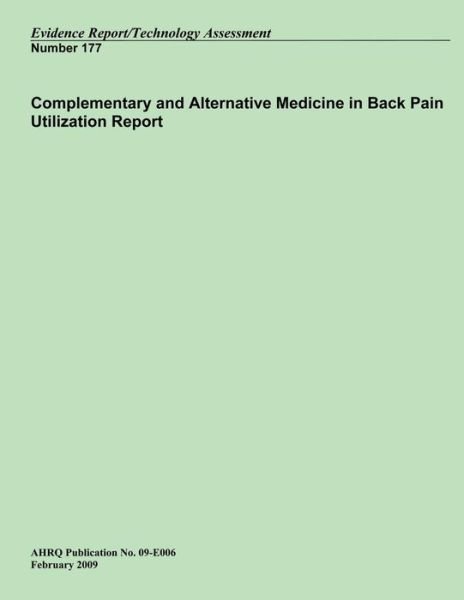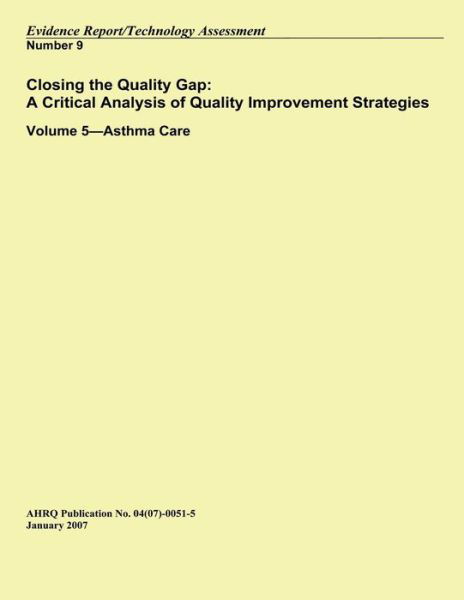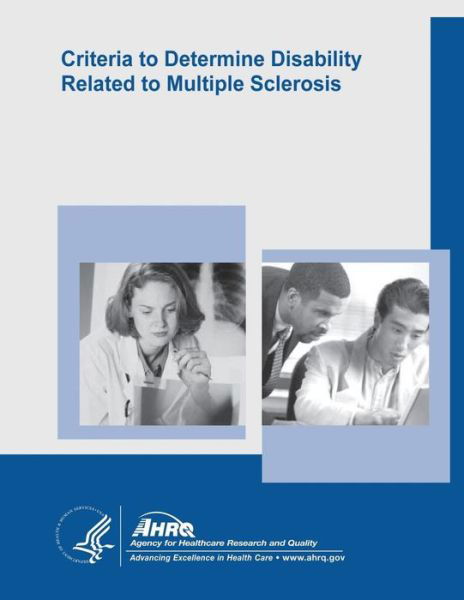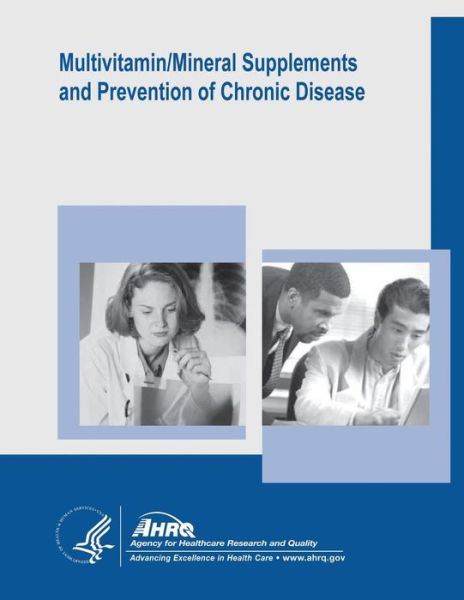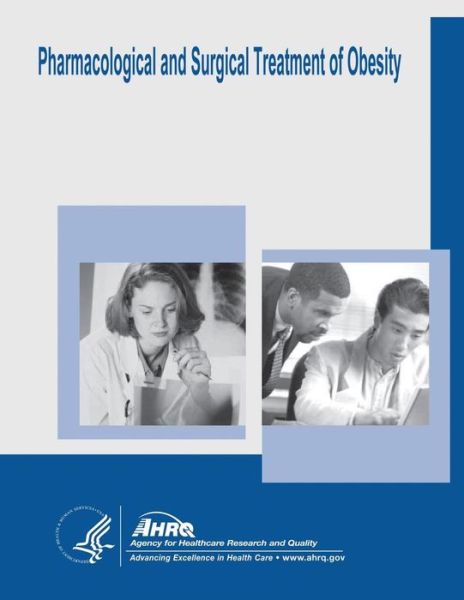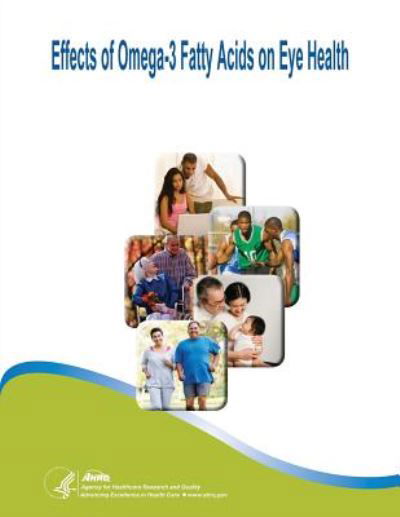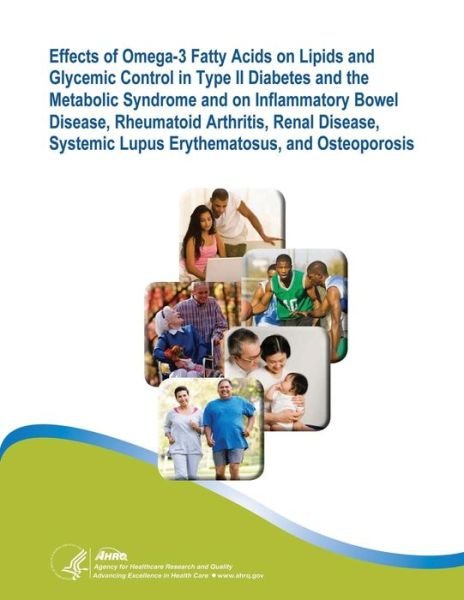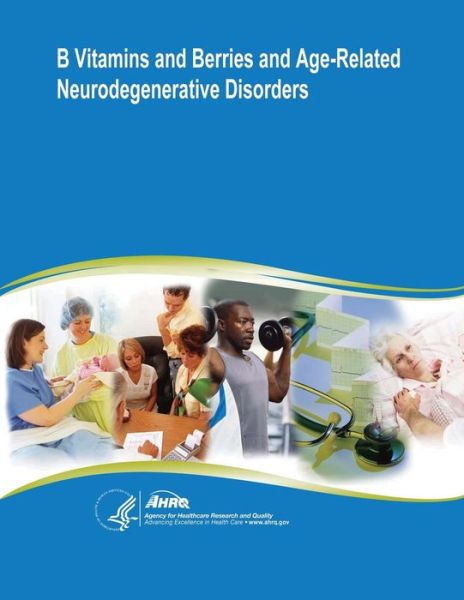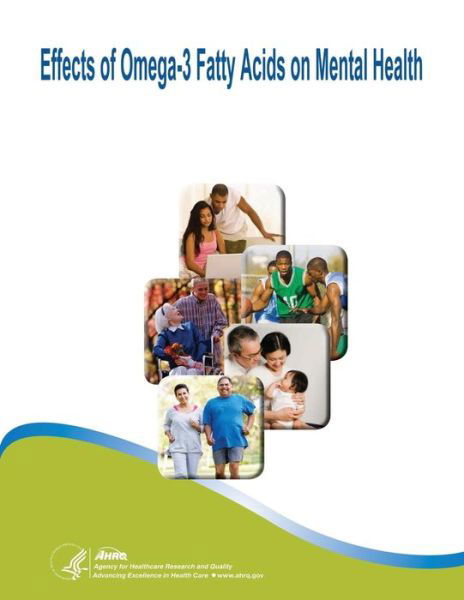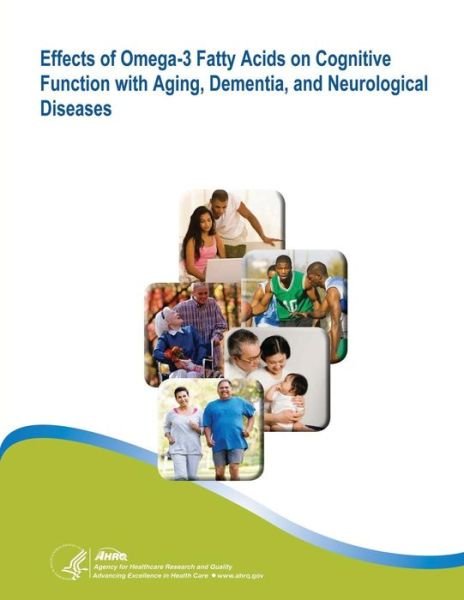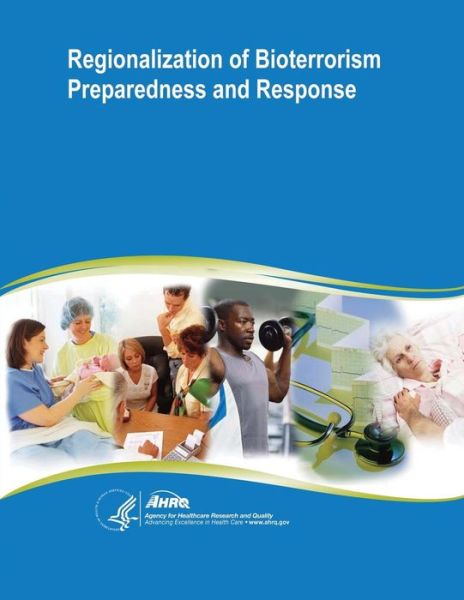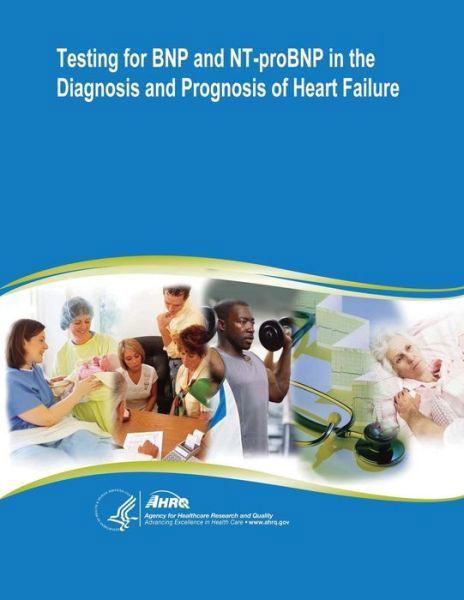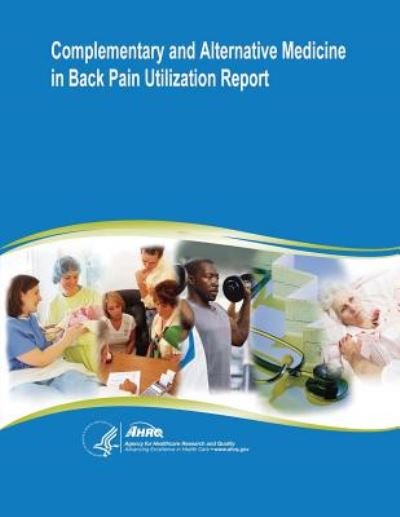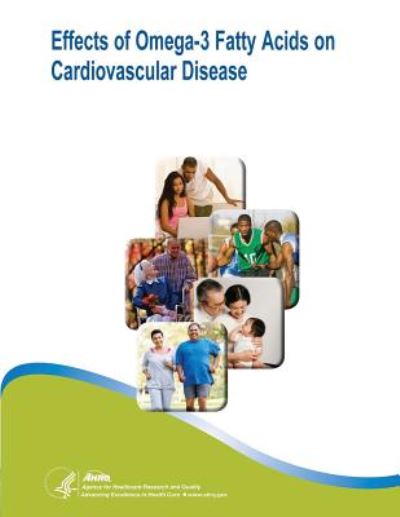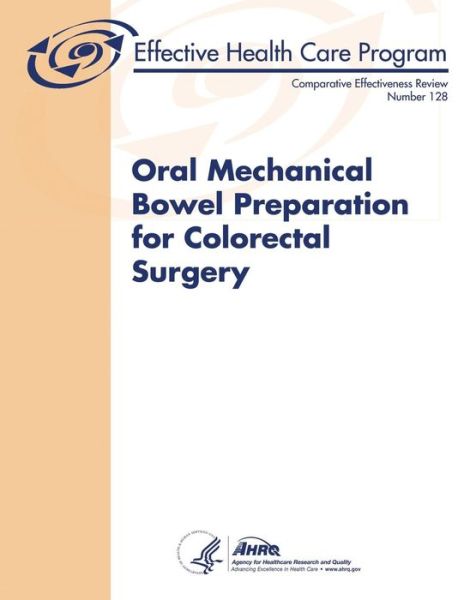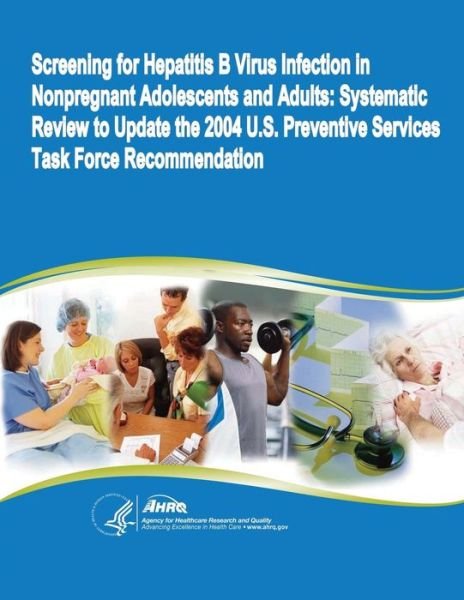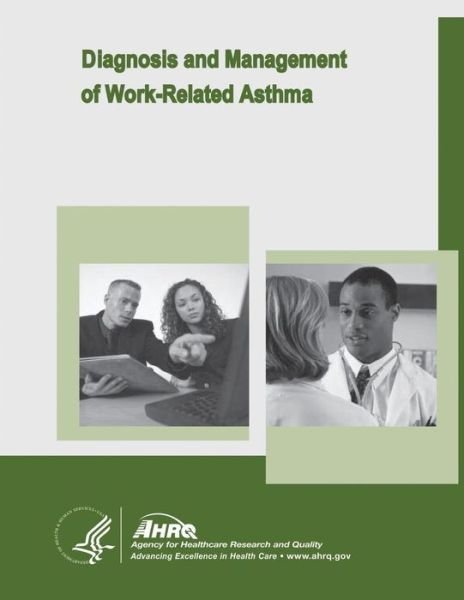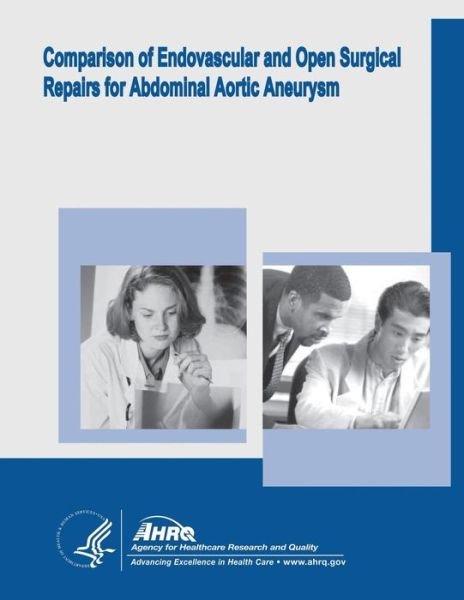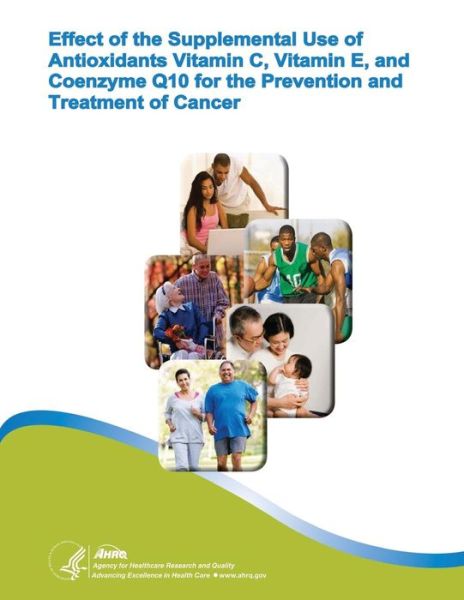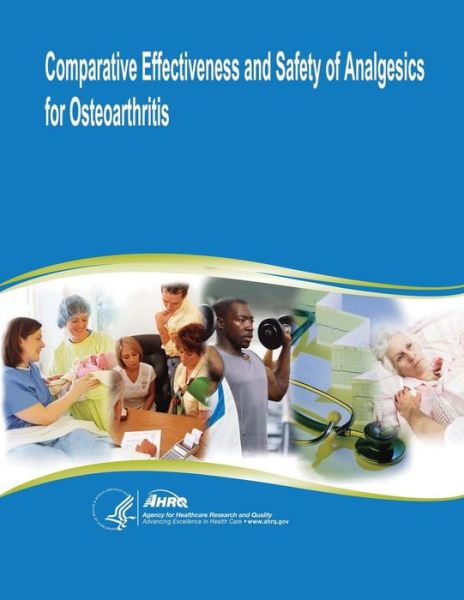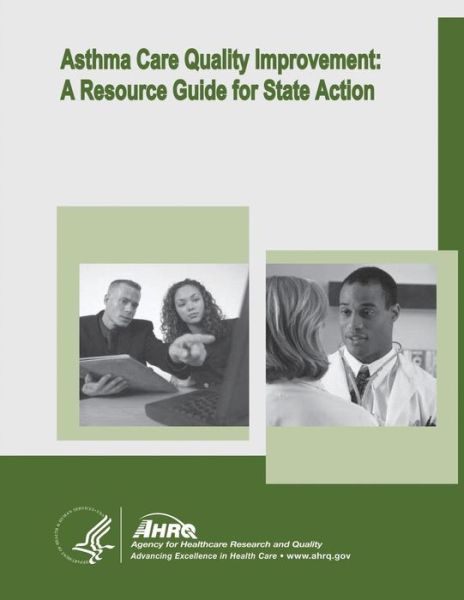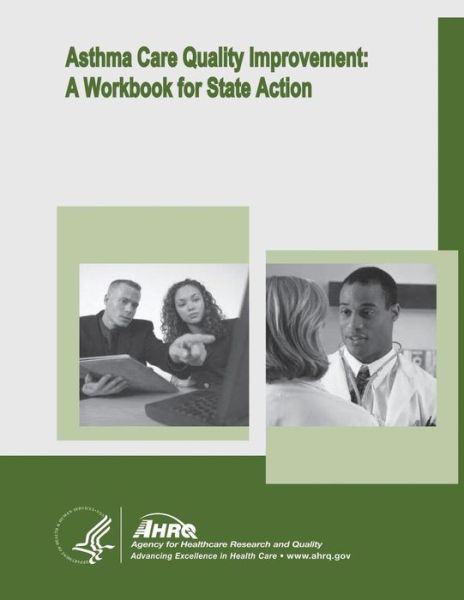
Powiedz znajomym o tym przedmiocie:
Preventing Violence and Related Health-risking Social Behaviors in Adolescents: Evidence Report / Technology Assessment Number 107
U S Department of Healt Human Services
Preventing Violence and Related Health-risking Social Behaviors in Adolescents: Evidence Report / Technology Assessment Number 107
U S Department of Healt Human Services
Publisher Marketing: Over the last two decades of the 20th century, violence emerged as one of the most significant public health problems in the United States (Administration for Children and Families, 2004). While recent trends have been encouraging, homicide remains the second leading cause of death among adolescents. During this period, an increasing number of research studies has have sought to characterize youth violence and the contexts in which it occurs, as well as risk and protective factors associated with such violence. At the same time, a myriad of prevention interventions have been developed and evaluated with multiple youth populations and in a range of settings. In the fall of 2004, the National Institute of Mental Health (NIMH) will convene a State-of-the- Science Conference on "Preventing Violence and Related Health-Risking Social Behaviors in Adolescents." The purpose of this consensus conference is to provide a forum to present and review what is currently known about preventing youth violence. In preparation for this meeting, the Office of Medical Applications of Research (OMAR) and the National Institute of Mental Health (NIMH) nominated and supported the topic for an Agency for Healthcare Research and Quality (AHRQ)-sponsored systematic review and analysis of the evidence. AHRQ awarded this project to the Southern California Evidence based Practice Center (SC-EPC) and its partner, Childrens Hospital Los Angeles, to conduct the review and summarize the findings in an evidence report. Researchers were to review longitudinal risk factor research to identify the role of individual, family, school, community and peer level influences as well as interventional research to evaluate prevention intervention effectiveness. This evidence report addresses the following six key questions: 1. What are the factors that contribute to violence and associated adverse health outcomes in childhood and adolescence? 2. What are the patterns of co-occurrence of these factors? 3. What evidence exists on the safety and effectiveness of interventions for violence? 4. Where evidence of safety and effectiveness exists, are there other outcomes beyond reducing violence? If so, what is known about effectiveness by age, sex, and race/ethnicity? 5. What are commonalities of the interventions that are effective, and those that are ineffective? 6. What are the priorities for future research?
| Media | Książki Paperback Book (Książka z miękką okładką i klejonym grzbietem) |
| Wydane | 30 maja 2014 |
| ISBN13 | 9781499726084 |
| Wydawcy | Createspace |
| Strony | 386 |
| Wymiary | 216 × 279 × 20 mm · 893 g |
Więcej od U S Department of Healt Human Services
Zobacz wszystko od U S Department of Healt Human Services ( np. Paperback Book )

 Świąteczne prezenty można zwracać do 31 stycznia
Świąteczne prezenty można zwracać do 31 stycznia




